Sven Mantowsky
MultiTask-CenterNet (MCN): Efficient and Diverse Multitask Learning using an Anchor Free Approach
Sep 10, 2021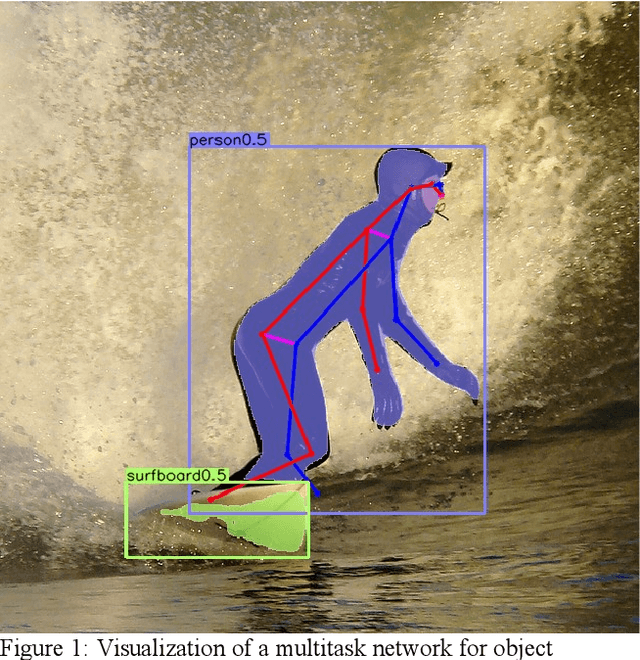

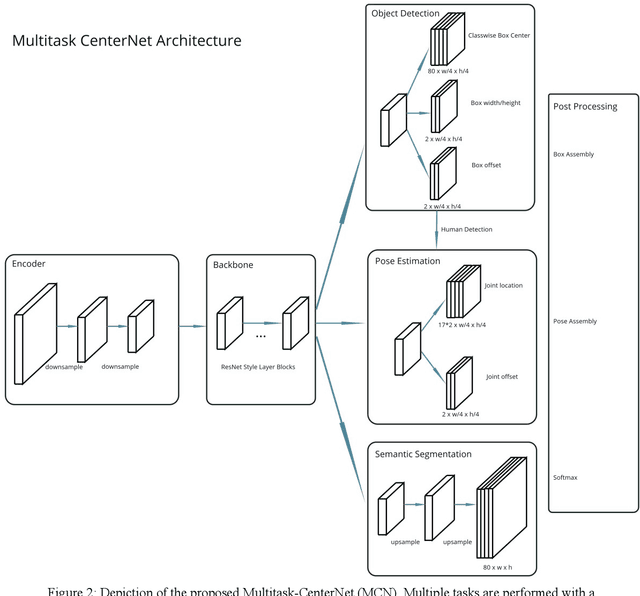
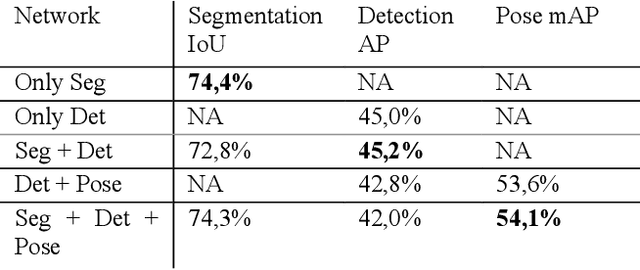
Abstract:Multitask learning is a common approach in machine learning, which allows to train multiple objectives with a shared architecture. It has been shown that by training multiple tasks together inference time and compute resources can be saved, while the objectives performance remains on a similar or even higher level. However, in perception related multitask networks only closely related tasks can be found, such as object detection, instance and semantic segmentation or depth estimation. Multitask networks with diverse tasks and their effects with respect to efficiency on one another are not well studied. In this paper we augment the CenterNet anchor-free approach for training multiple diverse perception related tasks together, including the task of object detection and semantic segmentation as well as human pose estimation. We refer to this DNN as Multitask-CenterNet (MCN). Additionally, we study different MCN settings for efficiency. The MCN can perform several tasks at once while maintaining, and in some cases even exceeding, the performance values of its corresponding single task networks. More importantly, the MCN architecture decreases inference time and reduces network size when compared to a composition of single task networks.
ProAI: An Efficient Embedded AI Hardware for Automotive Applications -- a Benchmark Study
Sep 09, 2021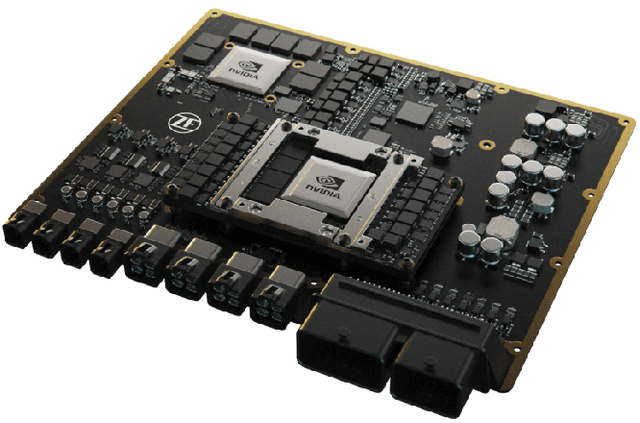
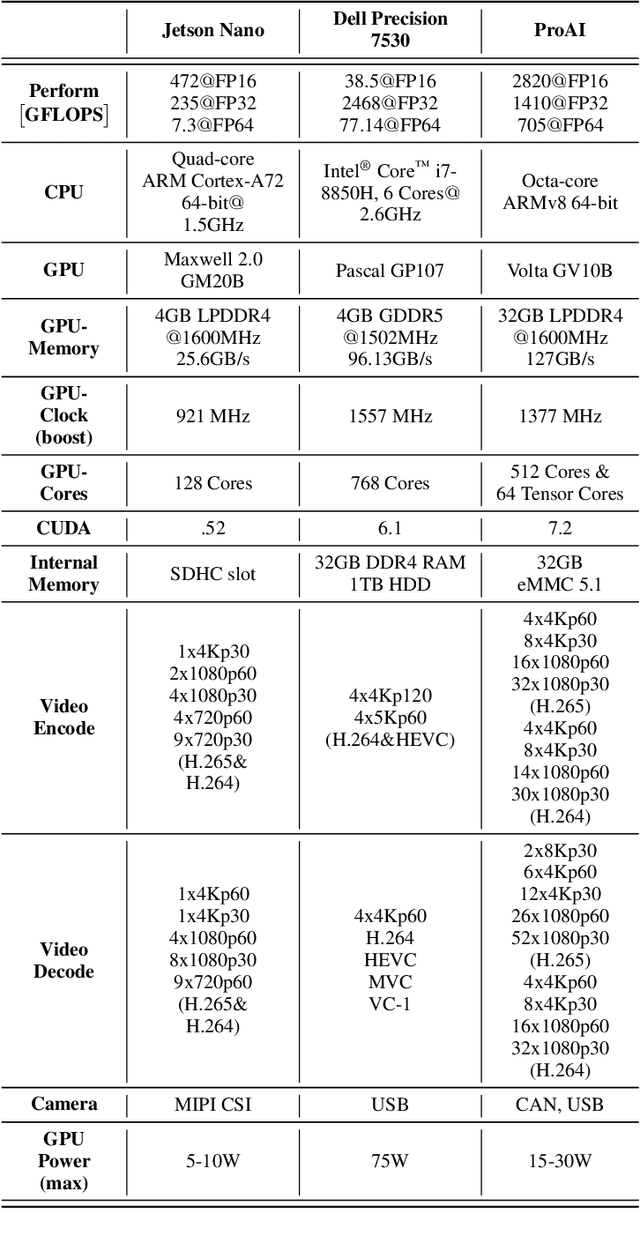
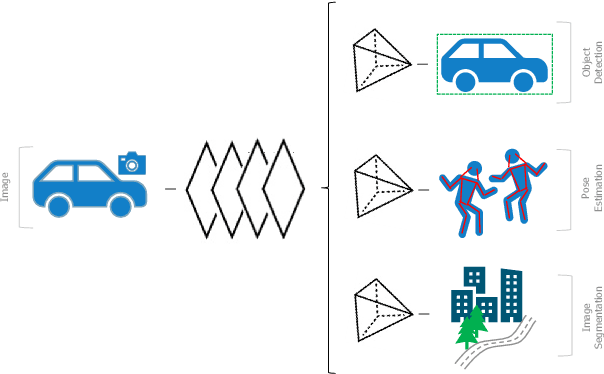
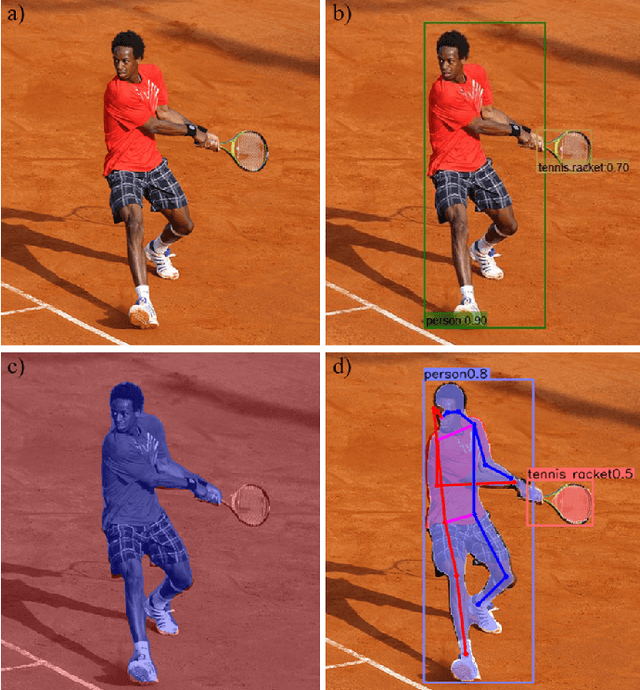
Abstract:Development in the field of Single Board Computers (SBC) have been increasing for several years. They provide a good balance between computing performance and power consumption which is usually required for mobile platforms, like application in vehicles for Advanced Driver Assistance Systems (ADAS) and Autonomous Driving (AD). However, there is an ever-increasing need of more powerful and efficient SBCs which can run power intensive Deep Neural Networks (DNNs) in real-time and can also satisfy necessary functional safety requirements such as Automotive Safety Integrity Level (ASIL). ProAI is being developed by ZF mainly to run powerful and efficient applications such as multitask DNNs and on top of that it also has the required safety certification for AD. In this work, we compare and discuss state of the art SBC on the basis of power intensive multitask DNN architecture called Multitask-CenterNet with respect to performance measures such as, FPS and power efficiency. As an automotive supercomputer, ProAI delivers an excellent combination of performance and efficiency, managing nearly twice the number of FPS per watt than a modern workstation laptop and almost four times compared to the Jetson Nano. Furthermore, it was also shown that there is still power in reserve for further and more complex tasks on the ProAI, based on the CPU and GPU utilization during the benchmark.
 Add to Chrome
Add to Chrome Add to Firefox
Add to Firefox Add to Edge
Add to Edge